




Condensation is a common problem that many homeowners face, particularly during the colder months. It occurs when warm air meets a colder surface, causing moisture to form. Not only can condensation be unsightly, but it can also lead to more serious issues such as mold and mildew growth, which can pose health risks. However, there are several effective ways to prevent and stop condensation in your home.
One of the most important steps in preventing condensation is to ensure proper ventilation. Good ventilation helps to control humidity levels, which can reduce the likelihood of condensation occurring. This can be achieved by using extractor fans in areas prone to moisture, such as the kitchen and bathroom. Additionally, opening windows regularly to allow fresh air to circulate can also help to prevent condensation.
Another effective method to combat condensation is by insulating your home. Insulation helps to keep the temperature inside your home stable, reducing the likelihood of warm air coming into contact with cold surfaces. This can be done by properly insulating your walls, floors, and roof. Additionally, using double-glazed windows can also help to reduce condensation by creating a barrier between the warm interior and the cold exterior.
Expert Tip: Using a dehumidifier can be an effective way to remove excess moisture from the air, thereby reducing the chance of condensation. It is important to choose a dehumidifier that is suited to the size of the space it will be used in.
In conclusion, preventing and stopping condensation requires a multi-faceted approach. By ensuring proper ventilation, insulating your home, and using a dehumidifier if necessary, you can effectively combat condensation and maintain a healthy living environment. Remember, it’s important to address condensation early on to prevent more serious issues from occurring in the long run.
Understanding Condensation and its Causes
Condensation occurs when there is a temperature difference between a surface and the air surrounding it, causing moisture to form on the colder surface. It is a common problem in many homes and can lead to mold growth, structural damage, and poor indoor air quality if not addressed properly. Understanding the causes of condensation can help homeowners take effective measures to prevent and stop it.
Main Causes of Condensation:
- High Humidity Levels: When the air in a room becomes saturated with moisture, condensation is more likely to occur. Activities such as cooking, showering, and drying clothes indoors can increase humidity levels.
- Poor Ventilation: Inadequate ventilation can trap moisture inside a home, leading to higher humidity levels. Without proper airflow, condensation is more likely to form on surfaces.
- Cold Surfaces: Cold surfaces, such as windows, walls, and floors, can attract moisture from the surrounding air. If the temperature of these surfaces is significantly lower than the dew point temperature, condensation will occur.
Signs of Condensation:
Condensation can manifest in various ways, and recognizing the signs is crucial for addressing the issue. Some common signs of condensation include:
- Droplets or water stains on windows, walls, or ceilings
- Musty odors or a damp feeling in rooms
- Visible mold or mildew growth
- Wet patches or water pooling on floors
Preventing and Controlling Condensation:
To prevent and control condensation, homeowners can take the following measures:
- Reduce humidity levels: Use extractor fans or open windows when cooking or showering. Consider using a dehumidifier to remove excess moisture from the air.
- Improve ventilation: Ensure that there is adequate airflow in all areas of the home. Install or maintain ventilation systems, such as air vents or mechanical extractors.
- Insulate cold surfaces: Apply insulation materials to windows, walls, and floors to reduce temperature differences and prevent moisture from condensing on these surfaces.
- Use thermal curtains or blinds: Install thermal curtains or blinds to help regulate temperatures near windows and reduce condensation.
- Check for leaks: Regularly inspect and repair any leaks in windows, walls, or roofs that could contribute to excess moisture.
Conclusion:
Condensation is a common problem that can lead to various issues if not properly addressed. By understanding the causes of condensation and taking proactive measures to prevent and stop it, homeowners can protect their homes from mold, damage, and poor indoor air quality. Regular maintenance and awareness of the signs of condensation are essential to ensure a healthy and comfortable living environment.
Learn About the Science Behind Condensation
Condensation is a natural process that occurs when water vapor in the air changes into liquid water. It typically happens when warm, moist air comes into contact with a colder surface, such as a window or a mirror.
The science behind condensation is fairly straightforward. Water molecules exist in the air in the form of invisible water vapor. These molecules are constantly in motion and have energy. When the temperature drops, the water molecules lose energy and start to slow down. This causes them to come closer together and form liquid water droplets.
One way to understand this is to think of a glass of iced water on a hot summer day. As the humid air comes into contact with the cold glass, the air near the surface of the glass cools down. This cooling reduces the energy of the water vapor molecules, causing them to condense and form water droplets on the outside of the glass.
Condensation can occur on various surfaces, including windows, mirrors, walls, and even inside electronic devices. It is most commonly seen during cold weather when temperature differences between indoor and outdoor environments are significant.
To prevent condensation from occurring, it is important to control the humidity levels in your home or living space. High humidity levels make it easier for water vapor to condense. This can be achieved by using ventilation systems, dehumidifiers, and ensuring proper insulation.
In summary, condensation is the process by which water vapor in the air changes into liquid water. It occurs when warm, moist air comes into contact with a colder surface. Understanding the science behind condensation can help you take the necessary steps to prevent its occurrence and manage humidity levels in your living space.
Identifying Condensation Issues in Your Home
1. Look for Signs of Condensation
Condensation can manifest in various ways, and it’s important to be able to identify its signs in your home. Look for:
- Water droplets or mist on windows, especially in the mornings
- Damp patches on walls or ceilings
- Musty smells
- Persistent mold or mildew growth
2. Check for Excess Moisture Sources
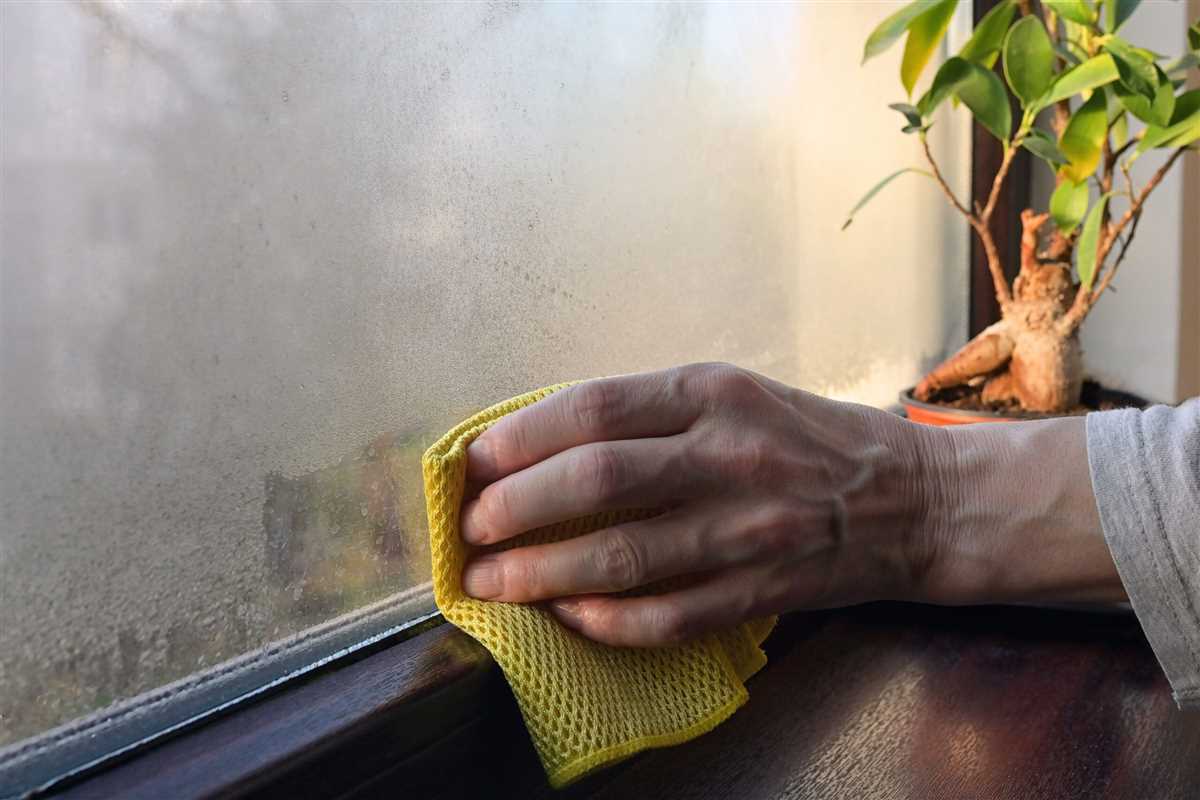
Condensation is often the result of excess moisture in your home. Check for potential sources, such as:
- Unvented clothes dryers
- Improperly vented bathrooms or kitchens
- Leaking pipes or plumbing issues
- Indoor plants releasing moisture
Addressing these sources can help reduce the amount of moisture in the air and prevent condensation.
3. Assess Ventilation in Your Home
Poor ventilation can contribute to condensation problems. Assess the ventilation in your home and consider the following:
- Ensure there is proper airflow in each room
- Check that vents and air ducts are not blocked or obstructed
- Consider using exhaust fans in high-moisture areas like bathrooms and kitchens
4. Monitor Humidity Levels
High humidity levels increase the likelihood of condensation. Use a hygrometer to monitor the humidity levels in your home and aim for a relative humidity of around 40-60%. If the humidity consistently exceeds this range, consider using a dehumidifier to remove excess moisture from the air.
5. Insulate and Seal Gaps
Cold surfaces and drafts can exacerbate condensation issues. Insulate walls, windows, and doors to reduce temperature differences and prevent condensation. Additionally, seal any gaps or cracks around windows, doors, and vents to minimize air leakage.
6. Seek Professional Advice
If you have tried the above measures and are still experiencing condensation problems in your home, it may be beneficial to seek professional advice. An expert can assess your specific situation and recommend further solutions or interventions to effectively address the condensation issues.
Detecting Common Signs of Condensation Problems
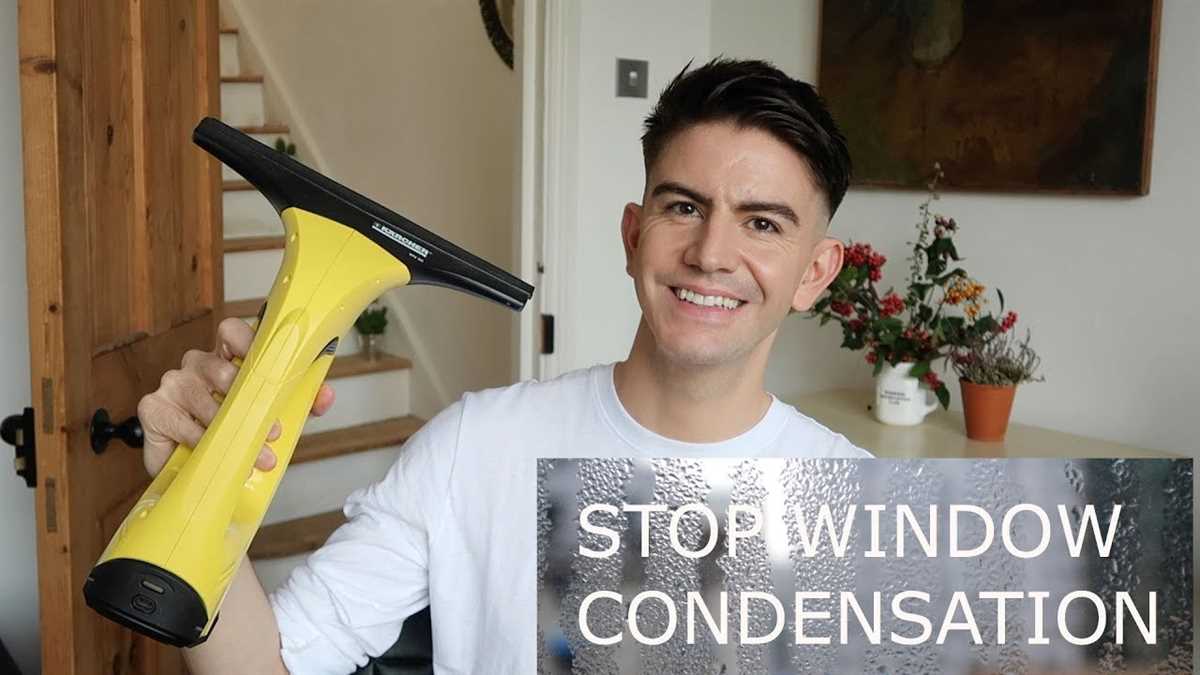
1. Water droplets on windows or surfaces
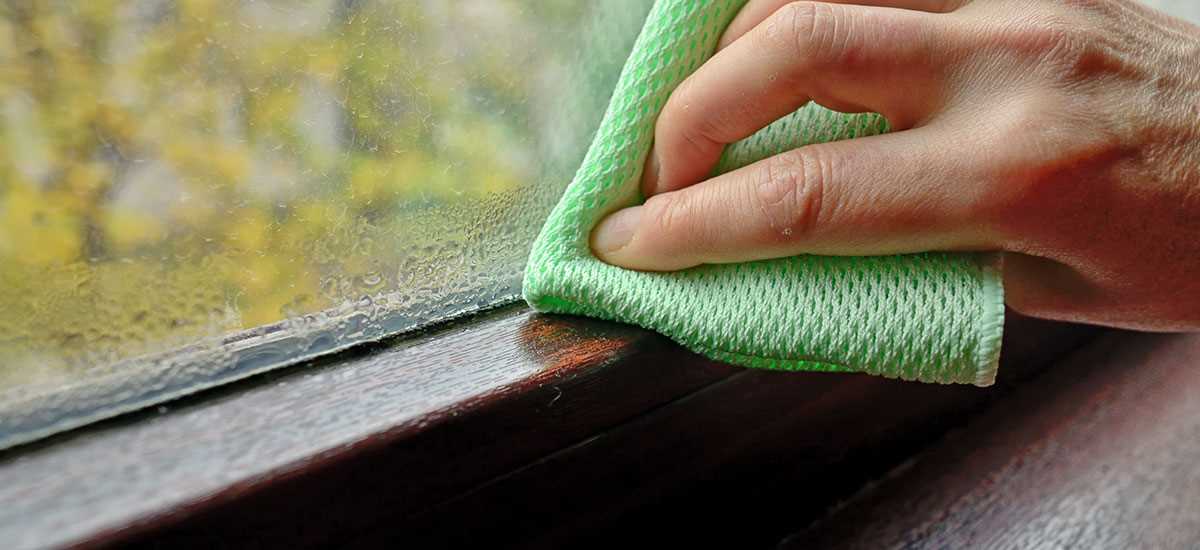
If you notice water droplets forming on your windows or any other surfaces in your home, this is a common sign of condensation. The water droplets occur when warm moist air comes into contact with cooler surfaces, causing the air to condense and form water droplets.
2. Mold and mildew growth

Condensation can create the perfect environment for mold and mildew growth. If you start noticing small patches of black or greenish mold on walls, ceilings, or in corners of rooms, it could be a sign of excessive condensation in your home.
3. Musty or damp odors
Excess moisture from condensation can lead to musty or damp odors in your home. If you notice an unpleasant smell that persists even after cleaning and airing out your home, it could be a sign of condensation problems.
4. Peeling wallpaper or blistering paint
Condensation can damage the walls in your home, causing wallpaper to peel or paint to blister. If you start noticing these issues, especially in areas where there is a lot of condensation, it’s a clear sign that there is a problem that needs to be addressed.
5. Stains or water damage on ceilings and walls
If you see stains or water damage on your ceilings or walls, it’s a strong indication that there is excessive condensation in your home. These stains are often caused by water dripping down from condensation and can lead to more serious issues if not addressed promptly.
6. Fogged-up mirrors or windows
When condensation occurs, it can cause mirrors and windows to fog up. If you notice that your mirrors or windows are constantly foggy, even after wiping them clean, it’s a clear sign of excessive condensation.
7. Excessive humidity in the air
If you feel like the air in your home is constantly humid even when you don’t have any water sources or appliances running, it could be a sign of condensation problems. High humidity levels are often accompanied by condensation-related issues.
It’s important to pay attention to these common signs of condensation problems in your home. If you notice any of these signs, it’s recommended to take action to address the underlying causes of condensation and prevent further damage to your property.
Implementing Proper Ventilation Strategies
Why is ventilation important?
Ventilation plays a crucial role in preventing condensation by promoting air circulation and reducing humidity levels. Proper ventilation helps remove moisture-laden air, preventing it from coming into contact with cool surfaces and forming condensation. Implementing effective ventilation strategies is key to maintaining a healthy and moisture-free environment.
Types of ventilation systems
There are several types of ventilation systems that can be implemented to prevent condensation:
- Natural Ventilation: This type of ventilation relies on natural air movement and does not require any mechanical systems. It can be achieved through the use of windows, doors, vents, and openings in the building’s structure.
- Mechanical Ventilation: Mechanical ventilation involves the use of mechanical systems to introduce fresh air and remove stale air. This can be achieved through the use of exhaust fans, ventilation fans, and air handlers.
- Whole House Ventilation: This type of ventilation system provides continuous and controlled ventilation throughout the entire house. It is often achieved through the use of ductwork and fans.
Tips for effective ventilation
To effectively prevent condensation and maintain a healthy indoor environment, consider the following tips:
- Identify problem areas: Determine areas in your home or building that are prone to condensation and prioritize ventilation strategies in these areas.
- Use exhaust fans: Install exhaust fans in bathrooms, kitchens, and other high-moisture areas to remove excess moisture at the source.
- Cross-ventilate: Open windows and doors on opposite sides of the room to promote cross-ventilation and allow fresh air to circulate.
- Insulate properly: Insulate walls, roofs, and floors to prevent temperature differences that can lead to condensation.
- Seal air leaks: Identify and seal any air leaks in your home or building to prevent the infiltration of humid outdoor air.
Considerations for commercial buildings
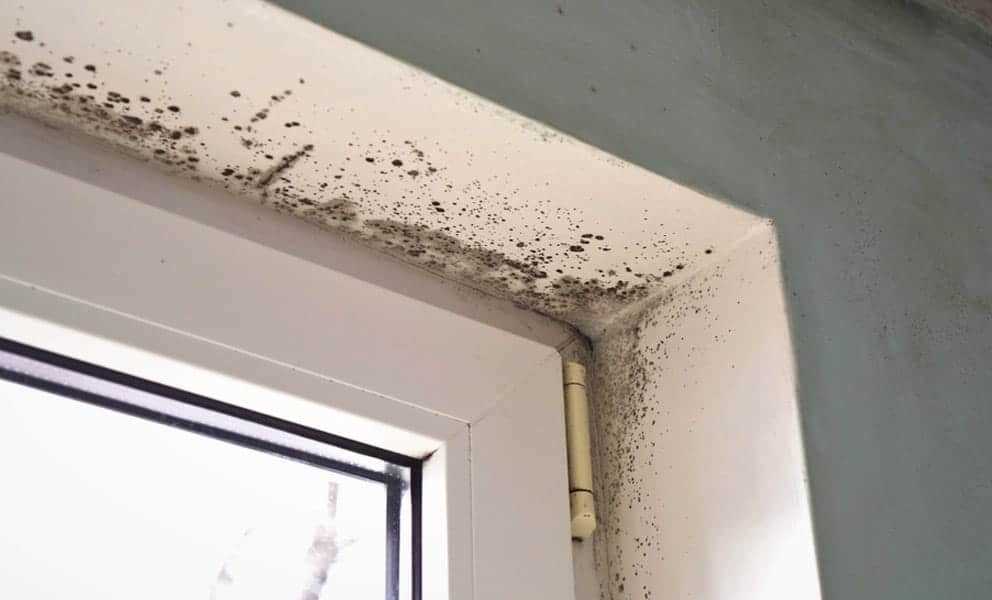
In commercial buildings, implementing proper ventilation strategies requires careful planning and consideration. Here are some additional factors to consider:
- Occupancy levels: Take into account the number of occupants and their activities when designing the ventilation system.
- Building size and layout: Consider the size and layout of the building to determine the most effective ventilation strategy.
- Usage patterns: Understand how different areas of the building are used and adjust ventilation accordingly. High-moisture areas, such as kitchens or laundry rooms, may require additional ventilation.
- Compliance with regulations: Ensure that your ventilation system complies with local building codes and regulations.
Conclusion
Implementing proper ventilation strategies is essential for preventing condensation and maintaining a healthy indoor environment. Whether in a residential or commercial setting, ventilation plays a vital role in reducing humidity levels and promoting air circulation. By identifying problem areas, using appropriate ventilation systems, and following best practices, you can effectively prevent condensation and its associated problems. Remember, proper ventilation is key to maintaining a comfortable and moisture-free space.
Discover Effective Ways to Improve Air Circulation
Proper air circulation is essential for preventing condensation in your home. When air is stagnant, moisture can accumulate on surfaces, leading to mold and mildew growth. By improving air circulation, you can reduce the risk of condensation and maintain a healthy indoor environment. Here are some effective ways to improve air circulation in your home:
1. Open Windows
One simple way to improve air circulation is to open windows. This allows fresh air to enter your space and removes stagnant air. Opening windows also helps to balance humidity levels and reduces the likelihood of condensation forming on surfaces.
2. Use Fans
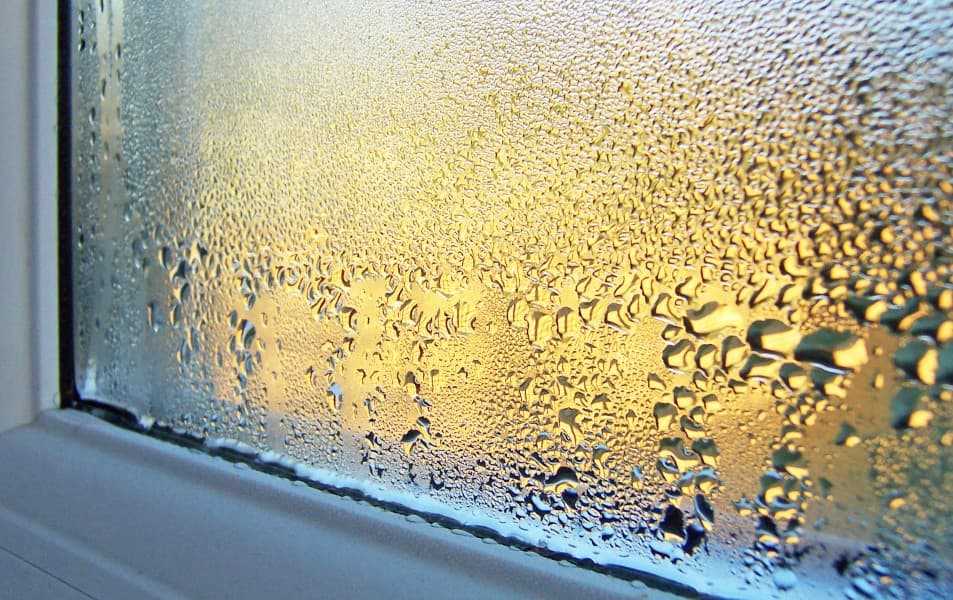
Ceiling fans or stand fans can help improve air circulation in specific areas of your home. Fans help to move air around, preventing it from becoming stagnant. This can be especially useful in areas with high humidity, such as bathrooms or kitchens.
3. Position Furniture Wisely
Avoid placing furniture directly against walls, as this can restrict air flow. Instead, position furniture slightly away from the wall to allow better air circulation. This will prevent moisture from getting trapped and reduce the risk of condensation.
4. Keep Air Vents Clear
Make sure that air vents and radiators are not blocked by furniture or other objects. Blocked vents prevent proper air circulation, leading to stagnant air. Move furniture away from vents to allow air to flow freely throughout the room.
5. Install Exhaust Fans
Exhaust fans are particularly beneficial in areas prone to high humidity, such as bathrooms and kitchens. These fans remove moisture-laden air and prevent it from circulating throughout your home. Properly functioning exhaust fans can significantly reduce the risk of condensation.
6. Use a Dehumidifier
In areas with high humidity levels, using a dehumidifier can effectively improve air circulation. Dehumidifiers remove excess moisture from the air, helping to maintain optimal humidity levels. By reducing humidity, you can prevent condensation and inhibit mold and mildew growth.
7. Increase Natural Ventilation
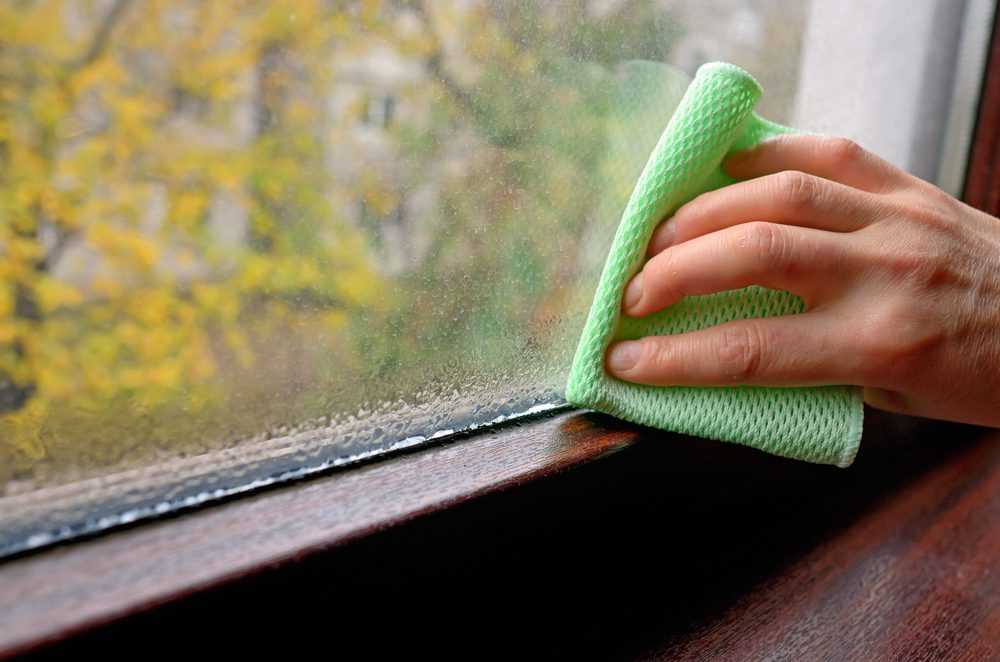
Maximize natural ventilation by opening doors and windows in different areas of your home. This creates a cross breeze and enhances air circulation. Natural ventilation can help maintain a fresh indoor environment and reduce the risk of condensation.
By implementing these effective ways to improve air circulation, you can prevent and stop condensation in your home. Remember to prioritize proper ventilation and maintain optimal humidity levels to ensure a healthy living space.
Controlling Moisture Levels in Your Home
Controlling moisture levels in your home is essential to prevent condensation and related problems like mold and mildew. Here are some effective ways to keep your home dry and reduce the risk of condensation:
1. Ventilation
Proper ventilation is crucial for controlling moisture levels in your home. Make sure that your kitchen, bathroom, and laundry areas are well-ventilated. Use exhaust fans or open windows during and after cooking, showering, or using the washing machine to let the moist air move out of the house.
2. Dehumidifiers
Invest in a dehumidifier to remove excess moisture from the air. Dehumidifiers are particularly useful in basements, crawl spaces, or other areas prone to high humidity. Set the dehumidifier to maintain the humidity level below 50% to effectively prevent condensation.
3. Insulation
Proper insulation can help regulate the temperature and moisture levels inside your home. Insulate your walls, floors, and roof to create a barrier against cold surfaces and prevent warm air from coming into contact with them, reducing the risk of condensation formation.
4. Air Circulation
Improve air circulation throughout your home by keeping internal doors open and moving furniture away from walls. This allows the air to flow freely and prevents moisture from becoming trapped in certain areas, reducing the chances of condensation.
5. Heating
Maintain a comfortable and consistent temperature inside your home to prevent condensation. Keep the heating on during colder months to raise the temperature of surfaces and reduce the possibility of moisture condensing on them. Use thermostatic radiator valves to keep each room at a steady temperature.
6. Drying Clothes
Avoid drying clothes indoors, whenever possible. Hang wet laundry outside or use a tumble dryer with a vent that directs the moisture outside. If you must dry clothes inside, make sure the room is well-ventilated to minimize the amount of moisture released into the air.
7. Regular Cleaning
Regularly clean areas prone to moisture accumulation, such as bathrooms and kitchen surfaces, to prevent the growth of mold and mildew. Use a mix of bleach and water to remove any existing mold and keep the area dry to discourage further growth.
8. Check for Leaks
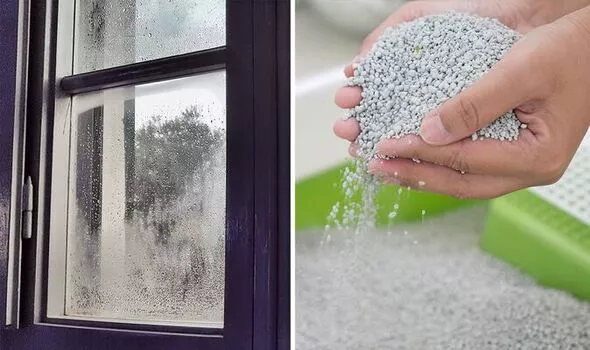
Frequently inspect your home for any leaks or water damage. Pay attention to areas around windows, doors, and plumbing fixtures. Fix any leaks promptly to prevent excess moisture from entering your home and causing condensation issues.
9. Use Moisture Absorbers
Consider using moisture-absorbing products like silica gel packets or desiccants in areas prone to excessive moisture. These products can help absorb moisture and reduce humidity levels, thereby minimizing the risk of condensation.
By adopting these practices, you can effectively control moisture levels in your home and prevent the formation of condensation. Regular maintenance and attention to moisture-related issues will help ensure a dry and healthy living environment.
FAQ
Why does condensation occur?
Condensation occurs when warm air comes into contact with a cold surface and the moisture in the air turns into liquid droplets. This is because cold surfaces cannot hold as much moisture as warm air.
What are some common signs of condensation in a home?
Some common signs of condensation in a home include water droplets on windows, damp areas or mold growth on walls, musty odors, and peeling wallpaper or paint.
How can I prevent condensation in my home?
There are several effective ways to prevent condensation in a home. First, ensure proper ventilation by opening windows or using extractor fans in kitchens and bathrooms. Second, maintain a consistent temperature in your home to reduce temperature differences that can cause condensation. Third, use dehumidifiers or moisture absorbers to decrease the humidity level. Lastly, insulate your home to minimize cold surfaces that can attract condensation.
What can I do to stop condensation on windows?
To stop condensation on windows, you can use window insulation film, install double glazing, or use thermal curtains. Additionally, keeping the area around windows well-ventilated and using a dehumidifier in the room can help reduce condensation.
Is condensation harmful to my health?
While condensation itself is not harmful to health, the excess moisture it creates can lead to mold growth, which can trigger respiratory problems and allergies. It is important to prevent and address condensation issues to maintain a healthy indoor environment.
Can condensation damage my home?
Condensation can potentially damage your home if it is left unaddressed for a long time. It can cause dampness, mold growth, and deterioration of walls, ceilings, and other surfaces. Regularly checking for signs of condensation and taking preventive measures can help protect your home.















